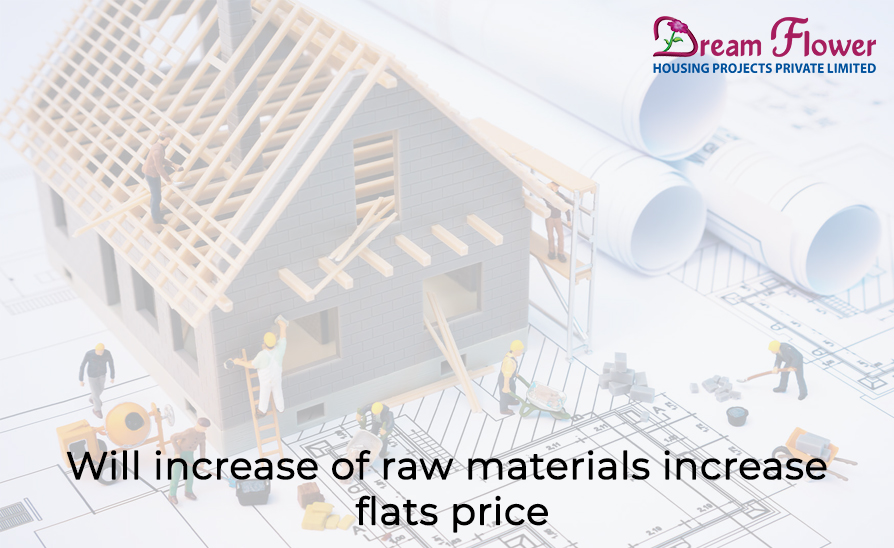An unstable or volatile global market has widespread implications for the construction and manufacturing organizations. From rising raw material costs to unexpected fluctuations in energy costs, unforeseen obstacles are now making it difficult for manufacturers and builders to remain in the black and destabilizing the supply chains. With supplies of many construction raw materials becoming harder to secure, there are possibilities that the builders might increase the prices of the flats. It is now up to manufacturers to either find new ways to mitigate the expenses, absorb additional costs, or pass price increases along to the clients who are already reluctant to spend. Therefore the prices of housing, construction, and purchasing of apartments are expected to hike due to this increase in the cost of raw materials.
The recent past has been very tough and unpredictable in the construction sector. Inventories are piling up and the demand for real estate has reduced significantly. Besides, most builders have not launched new construction projects as compared to the last year. Perhaps in a short while, the demand-supply equation would be normalized. Also, the costs of buying real estate can even out pushing the demand upwards. Recently, the cost of commodity raw materials has increased from a construction perspective. Notably, the prices of construction steel have increased continuously and now cost around 30 to 40 percent higher compared to the prices in the recent past. Apart from this, there has been a significant impact on the overall construction cost for someone building an individual house. The prices of key construction materials like steel, cement, and lumber continues to rise due to the pandemic. However, multiple policy revivals like better taxation through GST could potentially help the construction sector to bounce back.
The builders can now potentially source materials from any supplier or seller anywhere in the country after the implementation of GST. However, individual homeowners who are constructing their houses could see a hike in construction price as the retail prices trend upwards. In this scenario, many manufacturers are also being very cautious in building inventories. With the demand-planning cycle getting shorter, most of the builders and property owners are calibrating inventories. Perhaps many manufacturers who work in the commodity segment of the construction industry may not be operating at the optimized production levels. Some companies that resort to a policy of waiting for the processes to normalize will be setting themselves up for an inevitable failure. However, those organizations that adjust and adapt to new market conditions grow more profitable as well as stronger.
By establishing a collaboration with customers and suppliers, it is possible to keep the circulation of used products, components, and materials in the construction sector. For instance, some organizations have now decided to pioneer new business models that can enable them to successfully retain ownership of the raw materials used in the products they sell. Manufacturers in the construction sector can exploit a broader landscape of opportunities by following a systematic approach. This approach should focus attention on resources throughout the value chain.

